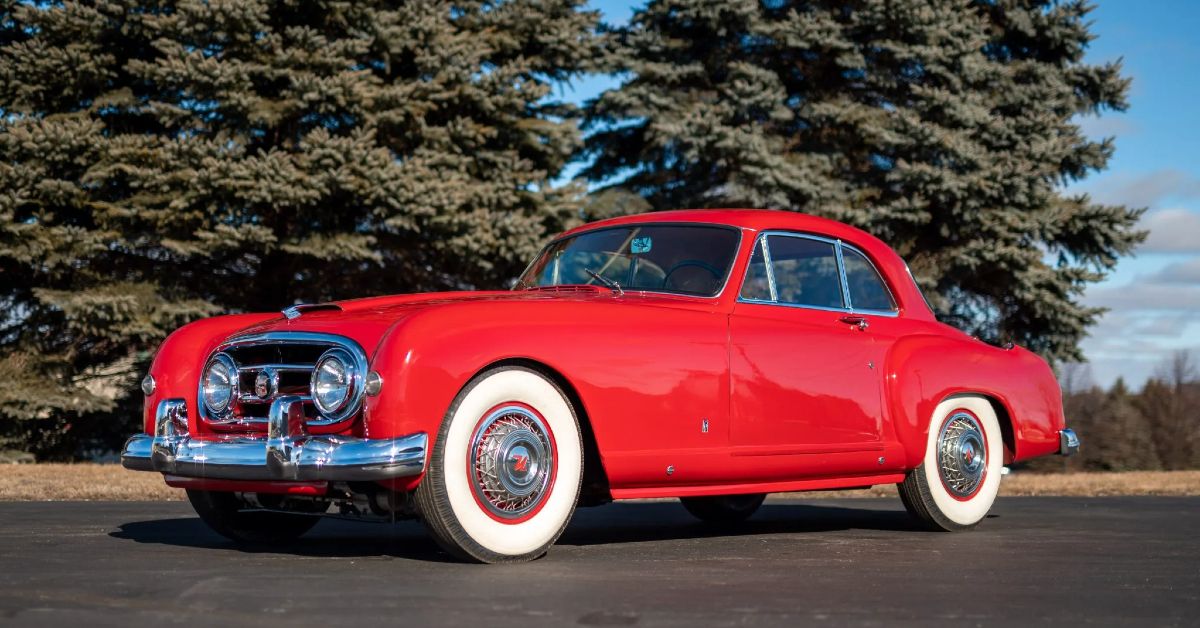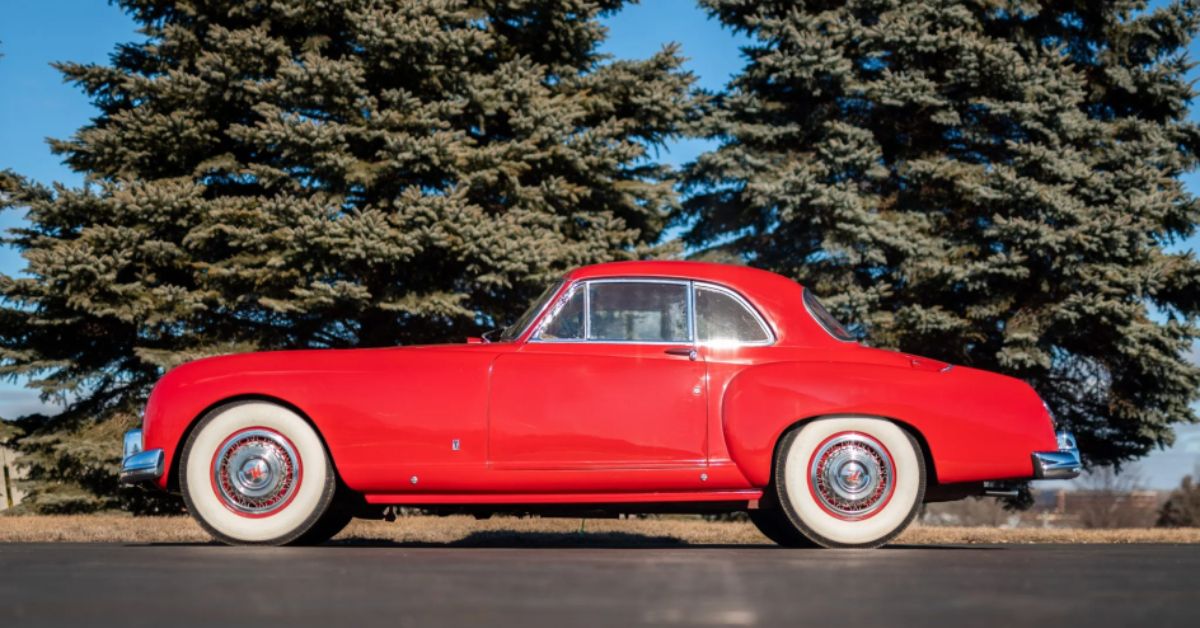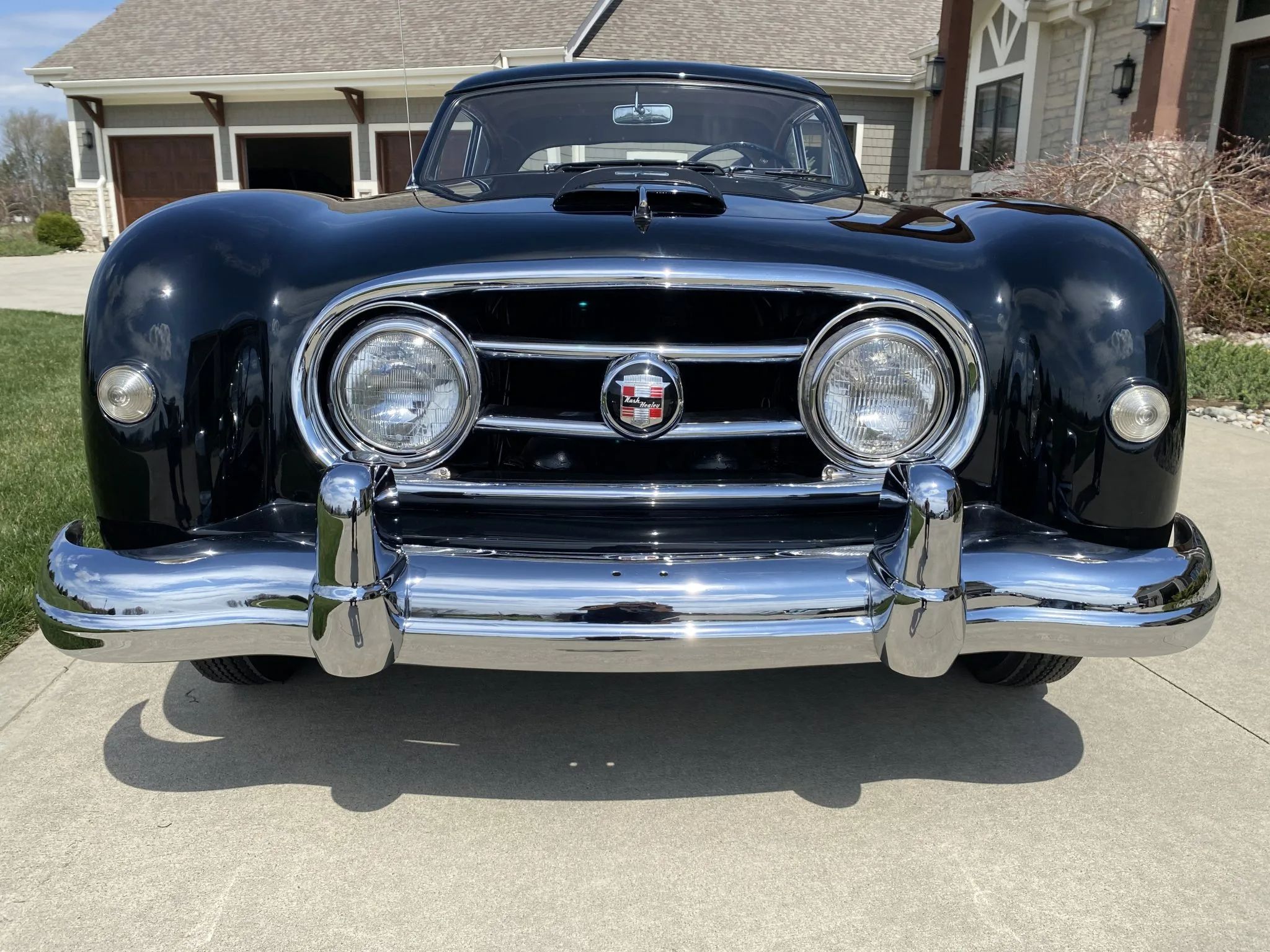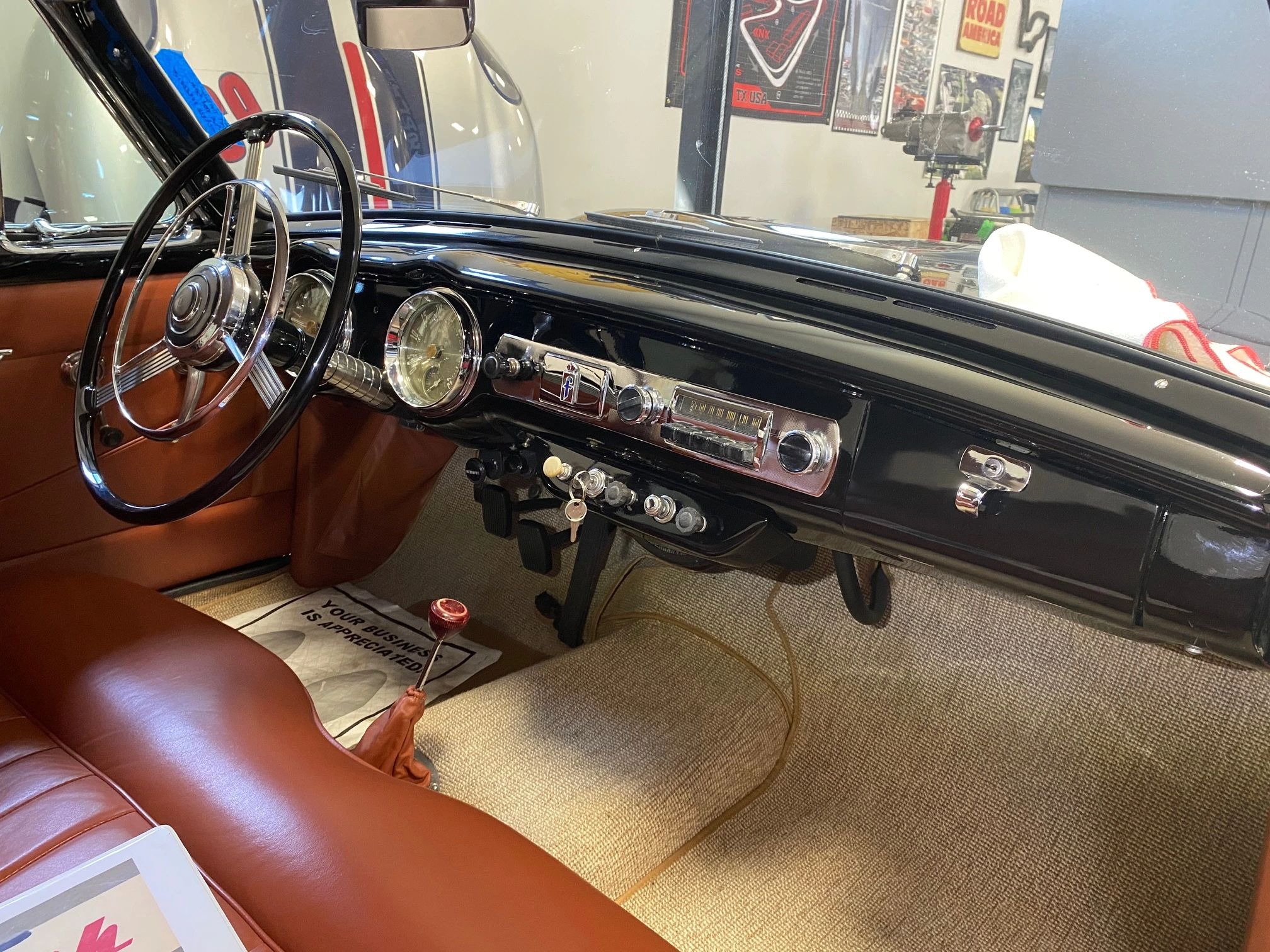The 1950s was a challenging period globally as all the nations were suffering from the apocalypse created by the Second World War, which ended in 1945. Most automobile manufacturers had stopped production and started building weapons for vehicles for their respective country's defense. Ford Motor Company began producing fighter planes in their factories for the American air force. Things did start to get better eventually, and America saw its first-ever sports car.
The 1953 Nash-Healey Le Mans Coupe resulted from the collaboration between Nash-Kelvinator’s CEO George Mason and Donald Healey as they went on to establish the Nash-Healy. The vehicle had a stylish body design from Pininfarina, and the car achieved a milestone status as one of the first production post-war sports cars sold in America.
The Historic Making Of The Coupe
The vehicle was in production only from 1951 to 1954 and sold in limited units. Finding one of these vehicles on the streets is like finding a needle in a haystack. Over half a century ago, the vehicle cost around $6000, which was enormous considering the critical global economy. To make things worse, the company was losing nearly $9000 on every vehicle they sold as demand for these vehicles was so low that the operation could not be scaled to generate revenue, in present times this sum comes up to around $60,000. In the 4-year production cycle, just 506 models were built, and the survival rate of these cars currently is under 10% which means around 50 of these vehicles can still be found in working condition. In 1953 Nash launched a coupe version of the Roadster based on the Nash Ambassador and the vehicle was named the sports car “Le Mans” which is the iconic 24 motorsport racing. The car’s design was done by the Italian design house Pininfarina, responsible for making some of the best car designs the world has ever seen. Nash-Healey Le Mans Coupe’s design was inspired from Ferrari and Mercedes.
A Power Packed Machine
The original plan was to fit the car with a big American V8, but the company settled for a hefty inline 6 engine that produced 125 HP. That might not sound much in today's time, but back in 1950, it was good power for anything that went on the streets. The engine was an upgraded version of the ambassador's inline 6. The differences were that Le Mans Coupe had a different camshaft and Aluminum cylinder head, resulting in an increased compression ratio. The vehicle was also capable of achieving a top speed of 90 MPH. Donald Healey designed the aluminum body convertible, but instead of making the car's bodies by himself, he decided to outsource it and got it returned for the final assembly. This production process was complicated and resulted in increased costs and expenses. However, when Pininfarina decided to join in the project, it ultimately meant that just the bodywork of the vehicle was imported and exported from three different countries before it reached its final buyer. The coupe’s design was eye-catching as its headlamps integrated into the front grill and the long wheelbase of the vehicle, along with a sloping roof and the two-seater layout, making it a very standard design back in the day.
A Classic Sleek Interior
The interior of the vehicle was basic compared to today's standards, but back in the day, it came with a cigarette lighter and an Ashtray equipment feature. Although, these features are not found on most modern-day cars but in 1950, and it was a sign of luxury in a vehicle. The car also had some other functional bits like a tachometer with an oil and fuel gauge embedded in it. The speedometer was placed on the other side of the steering wheel, and the steering wheel itself was very interesting as it had a twin concentric circle design finished in wood and aluminum along with three spokes, with a terrific gauge cluster finishing that made it resemble a Swiss watch. The integration of the turn indicators was also a quirky element, as most vehicles used indicator stocks; the Le Mans made use of a stock that would move just left and right, and it was placed on the extreme left of the dashboard. The vehicle's boot was generous and featured a full-size alloy wheel, a pleasant thing to have.
The 1953 Nash-Healey Le Mans Coupe was an amazing vehicle, and a historic one too, being the first American Sports Car. Studies say that if Nash-Healey would've kept the production costs low and made the car a fair bit affordable, there could have been several of these vehicles even today.
Sources- Hemmings, Motorious, Supercars




